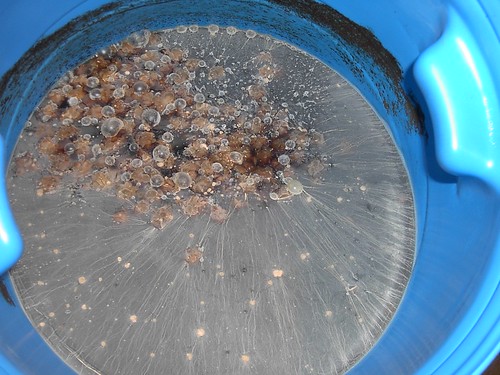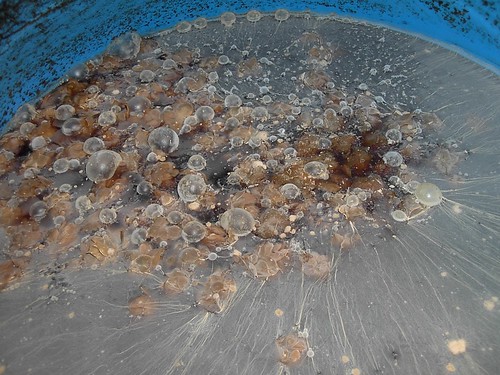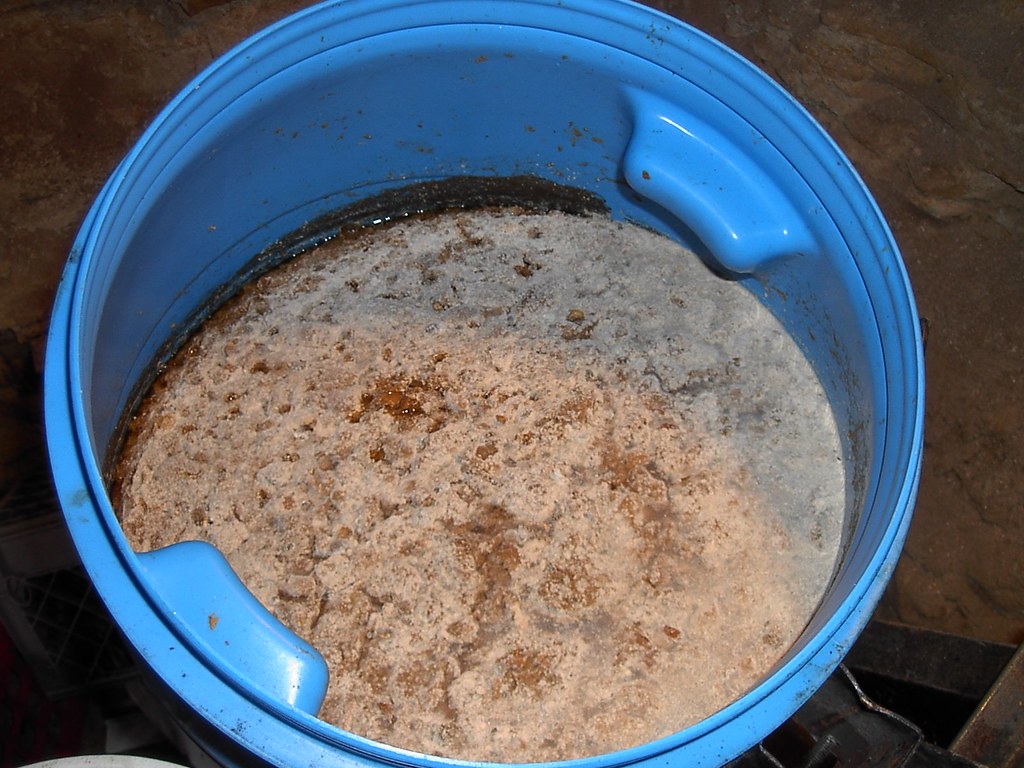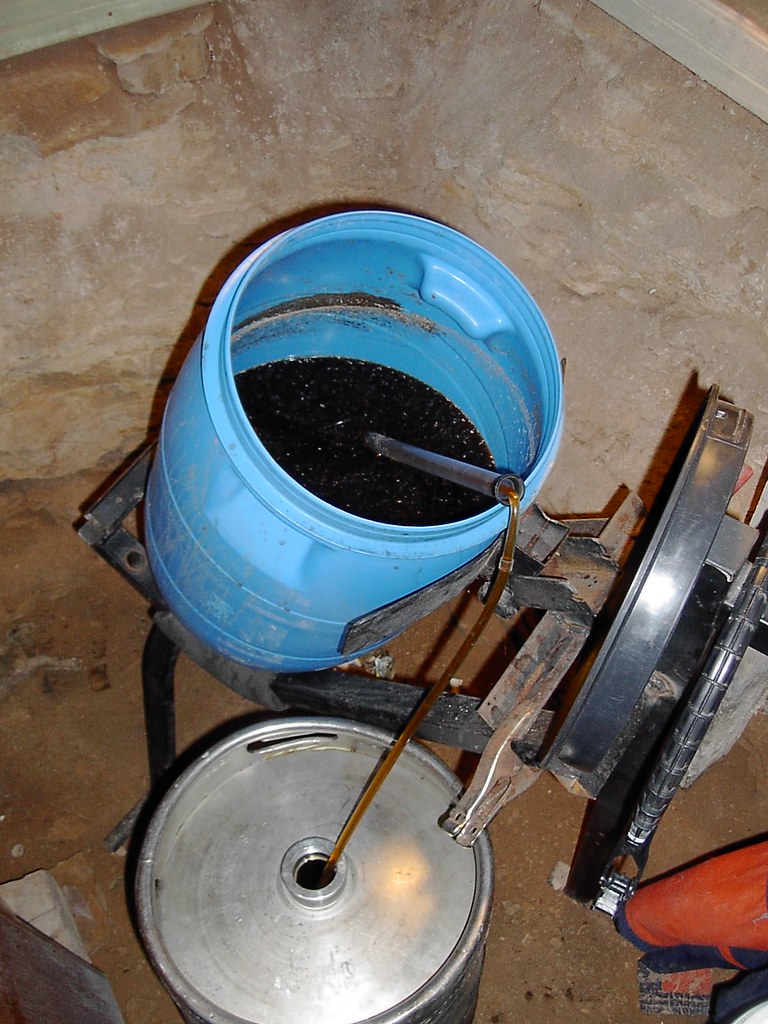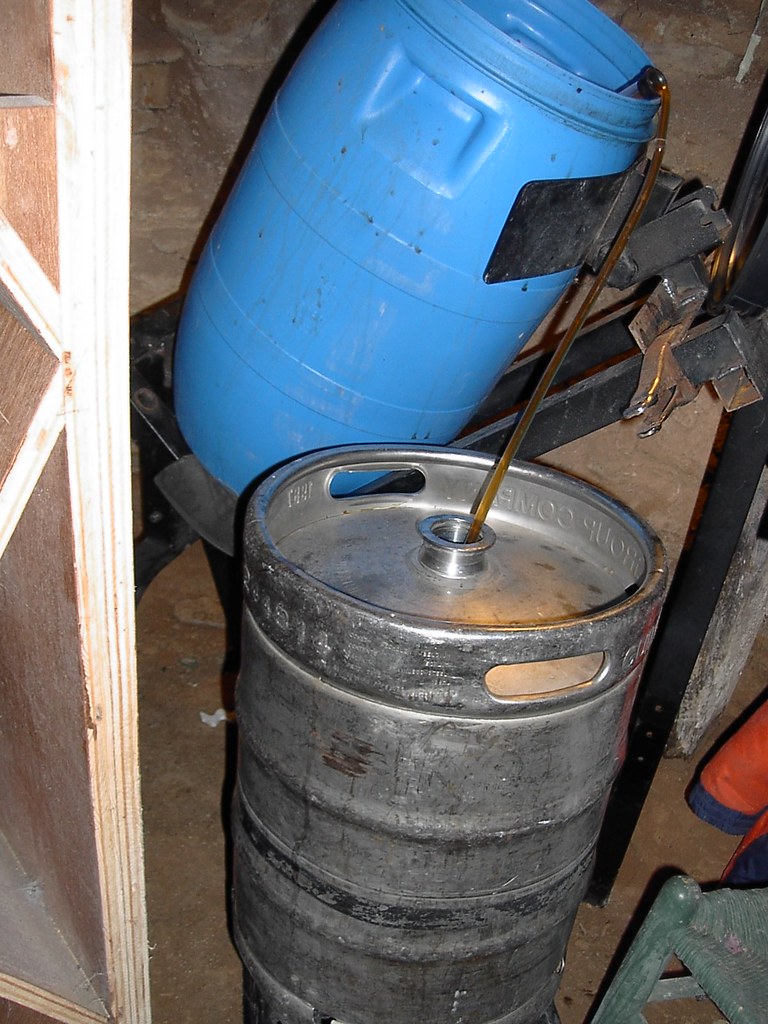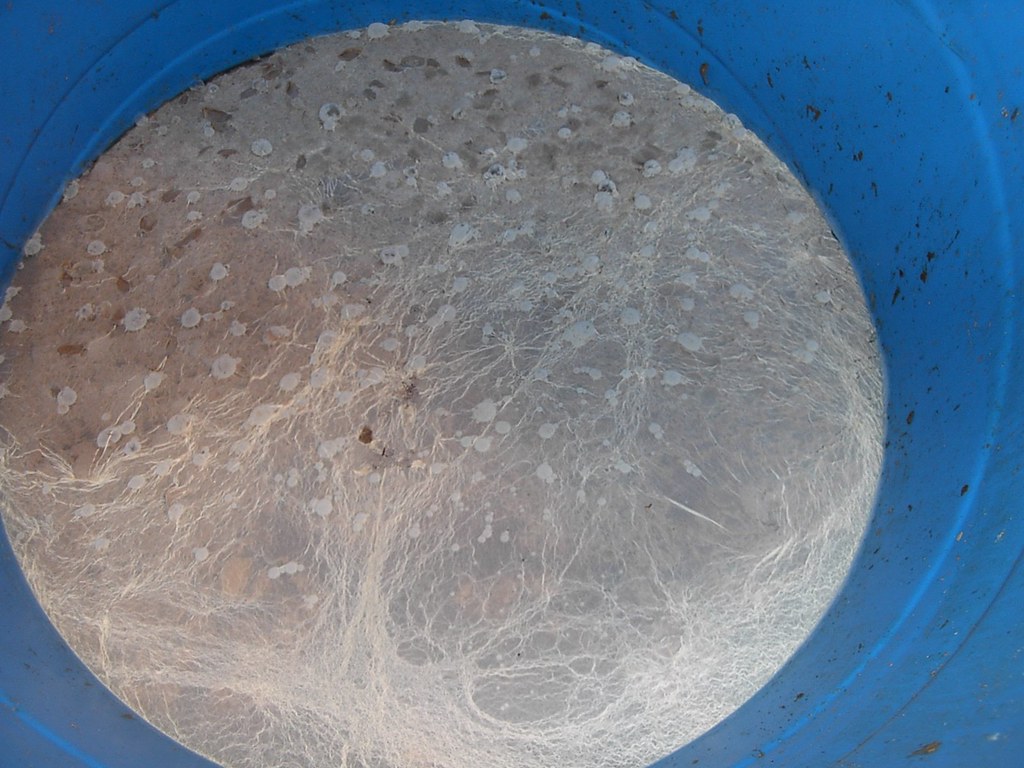COLObrewer
Well-Known Member
I am a newbie wild brewer, (GET READY TO FLAME!)
We brewed 18 gallons of Brown beer about a 3 months ago, While we took the first runnings and made a high gravity 5 gallon batch which has been consumed. We also made a smaller brown with all the second and third runnings which ended up as 13 gallons.
To make a long story short, the 13 gallons has ended up with a sour infection, It appears to be brettanomyces from the looks of it, I don't know what young brett tastes like. The beer is sour.
I would like to utilize this beer so, keeping in mind that I only want to make an enjoyably drinkable beer and I realize this won't be accepted as a strict style of lambic, I dont intend to enter this in any competitions:
1. Can I use 5 gallons for straight lambic, 4 gallons as a gueuze base and the other 4 gallons as a fruit blended base?
2. It seems the straight lambic should be appx. 6 months old when consumed? The other two are years in the making?
3. Is this even worth trying? seeing that it is a brown beer base with no unmalted wheat whatsoever, the hops were over-ripe/dry home picked chinooks. Would it help to add wheat in the blend of the next batches for the gueuze and fruit blends? Keep in mind I am not trying to hit a specific style or enter this in any competitions. Just trying to further my understanding of traditional beers.
4. Is there any other way to utilize this beer sooner, besides as grill fodder for brats? If that? We have many different sizes of fermentors to try this in.
5. If this works I am going to push for a new GABF style called brownic.
All comments/suggestions/flames are welcome! I am a newbie wild brewer.
We brewed 18 gallons of Brown beer about a 3 months ago, While we took the first runnings and made a high gravity 5 gallon batch which has been consumed. We also made a smaller brown with all the second and third runnings which ended up as 13 gallons.
To make a long story short, the 13 gallons has ended up with a sour infection, It appears to be brettanomyces from the looks of it, I don't know what young brett tastes like. The beer is sour.
I would like to utilize this beer so, keeping in mind that I only want to make an enjoyably drinkable beer and I realize this won't be accepted as a strict style of lambic, I dont intend to enter this in any competitions:
1. Can I use 5 gallons for straight lambic, 4 gallons as a gueuze base and the other 4 gallons as a fruit blended base?
2. It seems the straight lambic should be appx. 6 months old when consumed? The other two are years in the making?
3. Is this even worth trying? seeing that it is a brown beer base with no unmalted wheat whatsoever, the hops were over-ripe/dry home picked chinooks. Would it help to add wheat in the blend of the next batches for the gueuze and fruit blends? Keep in mind I am not trying to hit a specific style or enter this in any competitions. Just trying to further my understanding of traditional beers.
4. Is there any other way to utilize this beer sooner, besides as grill fodder for brats? If that? We have many different sizes of fermentors to try this in.
5. If this works I am going to push for a new GABF style called brownic.
All comments/suggestions/flames are welcome! I am a newbie wild brewer.


